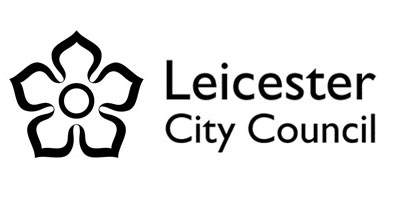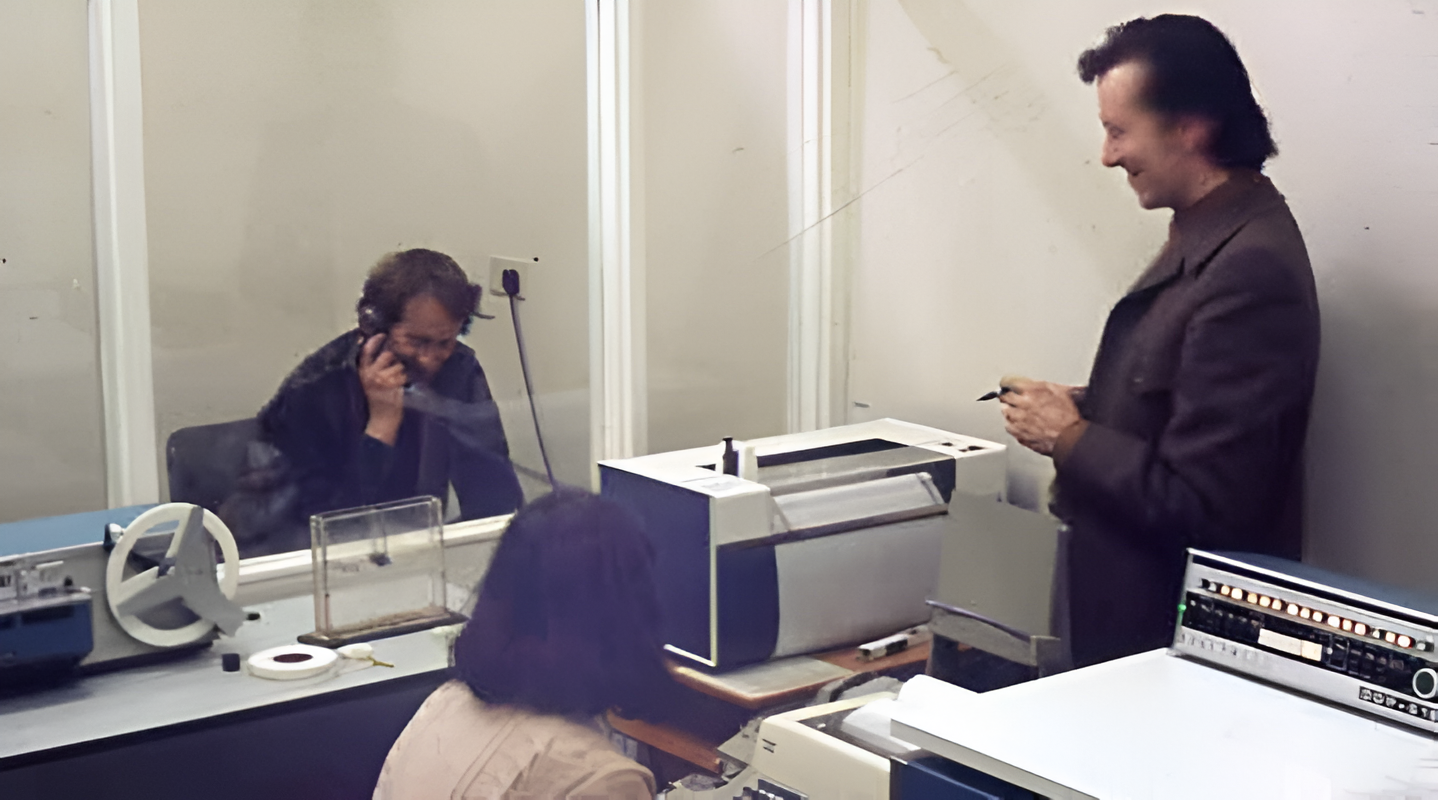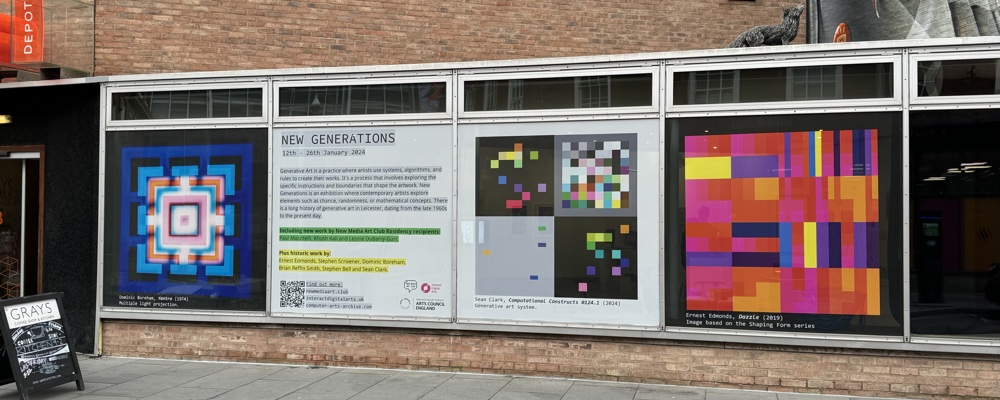Leicester Computer Art Pioneers
Exhibition at Phoenix, Leicester
2nd November 2023 - 29th February 2024
In the 1960s, making art with computers was still very new. In fact, gaining access to a computer was in itself hard, using one required specialist skills, and what an artist could actually do with a computer was very limited – certainly by today’s standards. For most people, the computer was really seen as nothing more than a sophisticated calculating machine. A “number cruncher”, if you like.
Despite this, two Leicester-based artists and educators - Stroud Cornock and Ernest Edmonds, who worked at Leicester School of Art and Leicester Technical College respectively - saw the potential of interactive computer-based art and after a chance meeting in 1968 began to work together.
The Leicester colleges merged in 1970 to become Leicester Polytechnic (now De Montfort University) and Cornock and Edmonds became influential in the international computer art scene, writing the seminal paper “The Creative Process Where the Artist Is Amplified or Superseded by the Computer”. Cornock organised a series of events in Leicester in the early 1970s called “The Invention of Problems” and both artists continued to produce innovative artworks.
In the 1970s, Leicester Polytechnic and, in particular, the newly-established HCIRU Research Group went on to become important centres for computer art and Human-Computer Interaction research. They attracted a cohort of artists and researchers to Leicester - including Stephen Scrivener and then Dominic Boreham. Because of the work at the Polytechnic, it’s not unreasonable to say that in the 1970s Leicester was at the heart of international computer art practice and research.
Edmonds moved up the A6 to Loughborough University in the mid-1980s and established the LUTCHI Research Centre. He was joined by Stephen Scrivener, who, coincidently, became my final-year undergraduate project supervisor. Over the following years, many artists and researchers passed through LUTCHI, including Stephen Bell, in the mid- to late-1980s. Indeed, it was as a graduate researcher at LUTCHI that I began my personal journey from computer scientist to artist in the early 1990s (Sean Clark). Whilst at Loughborough, Ernest Edmonds continued to explore the intersection of art and technology with collaborative projects such as “The Gallery of the Future” in the mid-1990s.
This exhibition looks at the history of computer arts in Leicester and Leicestershire before 2000, with the starting point being Cornock and Edmonds’ artwork in the late 1960s and early 1970s. It includes images of Cornock and Edmonds’ work, both individually and together. The exhibition then moves on from those early days, to look at work by subsequent computer artists, with artworks by Stephen Scrivener, Stephen Bell and myself - all of whom were students of Ernest Edmonds. The exhibition also features artworks by Dominic Boreham, an important artist based at Leicester Polytechnic in the 1980s. Artwork by Graham Bate is included, who worked at Leicester Polytechnic in the late-1980s. Finally, it features artwork by Brian Reffin Smith, a renowned computer artist and author who grew up in Sileby and has been active since the 1970s.
This exhibition does not pretend to be complete - many other talented computer artists have worked in Leicester and Leicestershire since the 1960s. However, it is my hope that the work shown here will generate interest in documenting more of our computer art heritage and will result in many future exhibitions. If you would like to contribute to this project please contact me by email or join the project Leicester Computer Art History Facebook Group.
Sean Clark
Exhibition Curator, Leicester
October 2023
seanc@interactdigitalarts.uk
www.facebook.com/groups/leicestercomputerart
Documentation
- Interview with Sean Clark about the Exhibition on Radio Lear
- Exhibition Notes (PDF)
- Exhibition Poster (PDF)
- Leicester Computer Art History Facebook Group
Exhibition Catalogue
The exhibition catalogue is available as a free PDF download. A limited number of printed copies are also available from the Computer Arts Archive Shop.
Featured Artists
Stroud Cornock
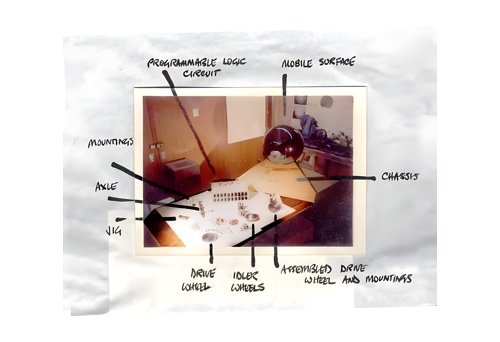
Stroud Cornock studied sculpture at the Royal College of Art and then joined Roy Ascott to teach fine art in Ipswich. He moved to Leicester College of Art in 1968, before it became Leicester Polytechnic in 1970. He established the Media Handling Area and remained at the Polytechnic until 1989.
Ernest Edmonds

Ernest Edmonds studied Mathematics and Philosophy at Leicester University in the 1960s and has a PhD in Logic from Nottingham University. He has held positions at Leicester Polytechnic and Loughborough University from the late 1960s to the early 2000s. He is now an Emeritus Professor at De Montfort University.
Stephen Scrivener

Stephen Scrivener studied Fine Art at Leicester Polytechnic and the Slade, London, returning to Leicester in 1974 to obtain a PhD in Computing. He has held senior positions at Loughborough, Derby, Coventry universities and the University of Arts, London, where is a Professor Emeritus.
Dominic Boreham

Dominic Boreham studied at Cambridge School of Art, Wimbledon School of Art and the Experimental Department at the Slade. In the mid-1970s he joined HCIRU Research Group at Leicester Polytechnic. He received his PhD from the Royal College of Art in 1983. He passed away in 2022.
Brian Reffin Smith
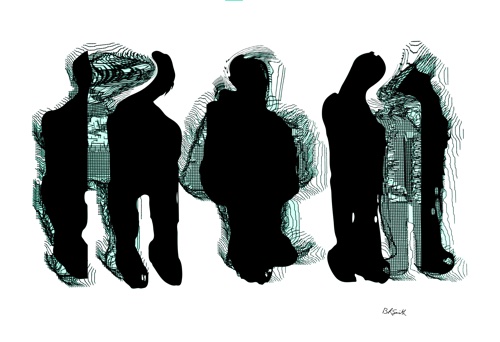
Brian Reffin Smith grew up in Sileby, Leicestershire in the 1950s and 1960s, and went to Humphrey Perkins Comprehensive School in Barrow Upon Soar, Leicestershire. He then went to Brunel University and the Royal College of Art. He was awarded the very first Prix Art Electronica in 1987
Graham Bate
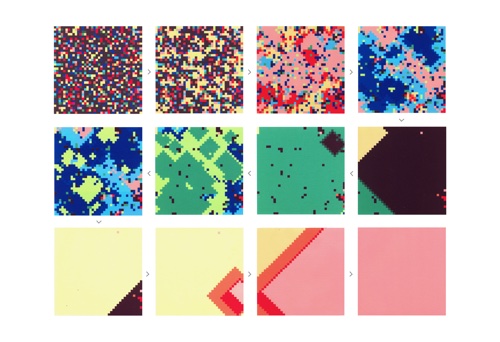
Graham Bate studied at Birmingham College of Art. He has held senior academic posts at Central Saint Martins School of Art London, Leicester Polytechnic in the 1980s, and Sheffield Hallam University.
Stephen Bell
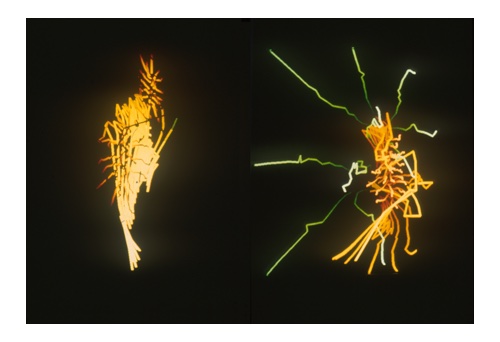
Stephen Bell has roots in the East Midlands, having been born near Rugby in 1955. After an arts education in Bristol and at the Slade, he joined the LUTCHI Research Centre at Loughborough University in 1985 and was awarded his PhD from Loughborough in 1991.
Sean Clark
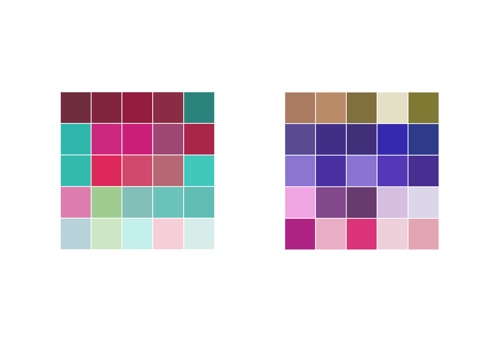
Sean Clark has lived in Leicestershire since 1984. He studied Computing at Loughborough University in the mid-1980s and was involved in the development of the web in the 1990s. He obtained an MA in Digital Art from Camberwell School of Art in 2008 and a PhD from De Montfort University in 2018.
Exhibition Photographs

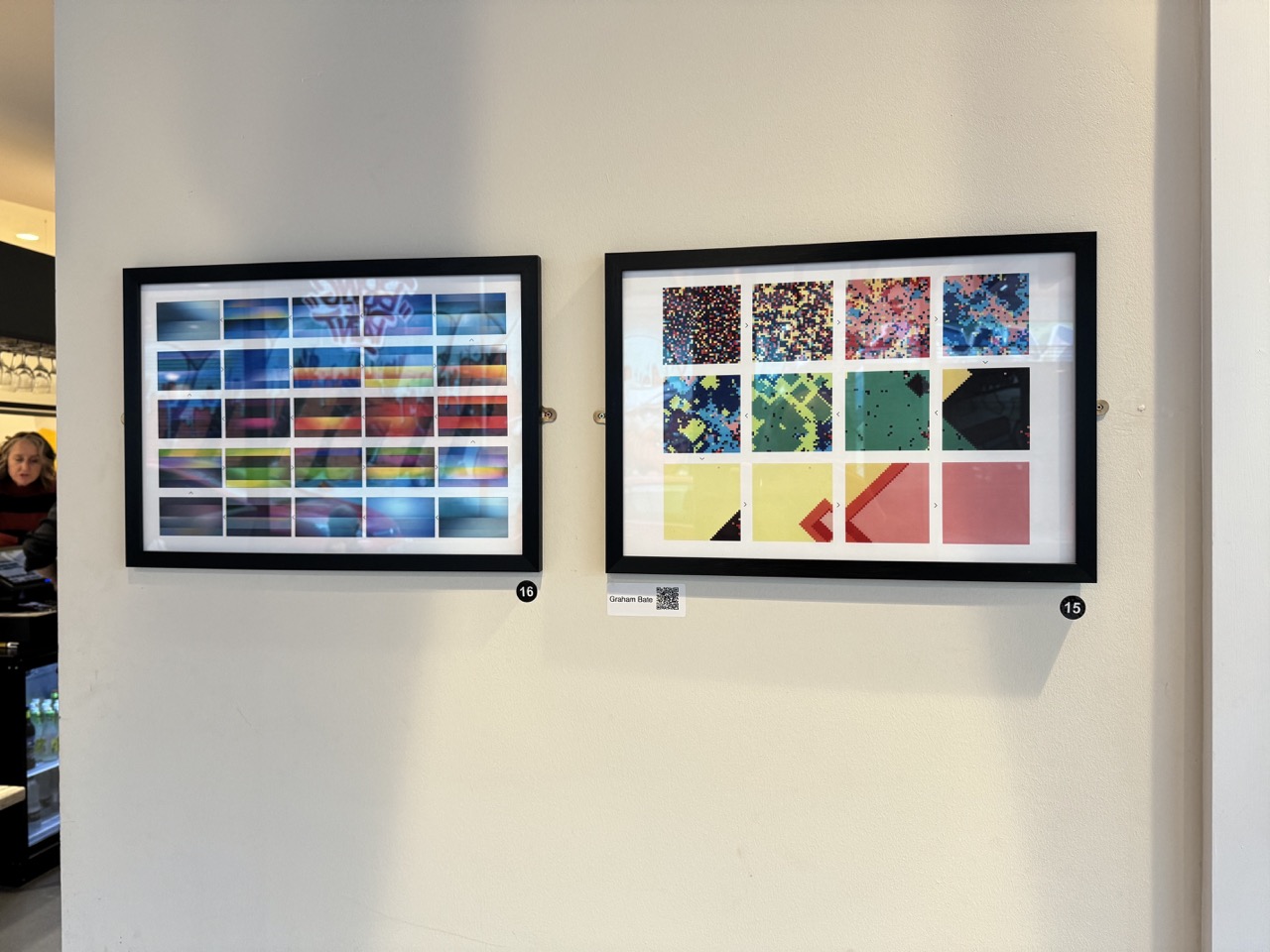
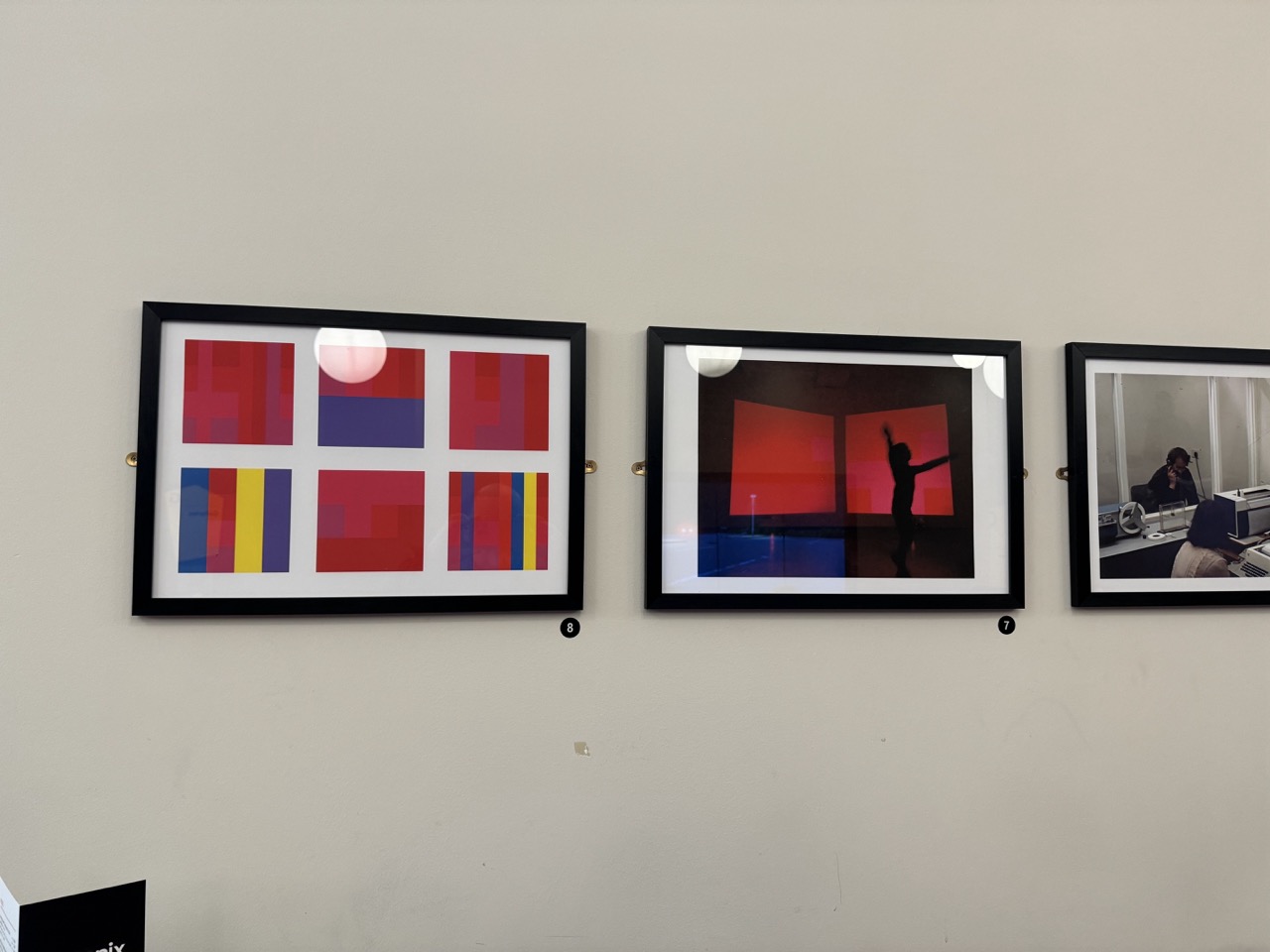

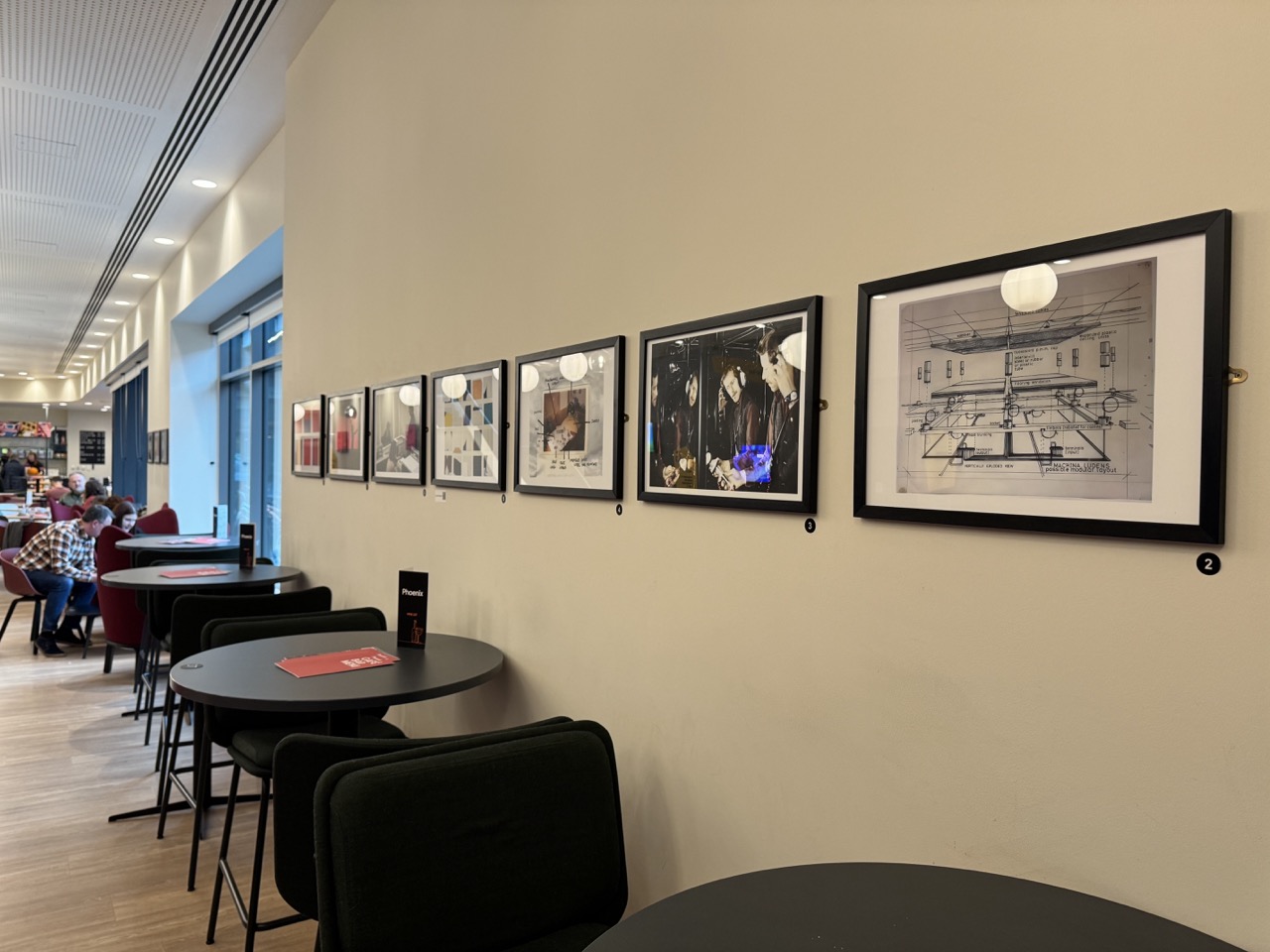
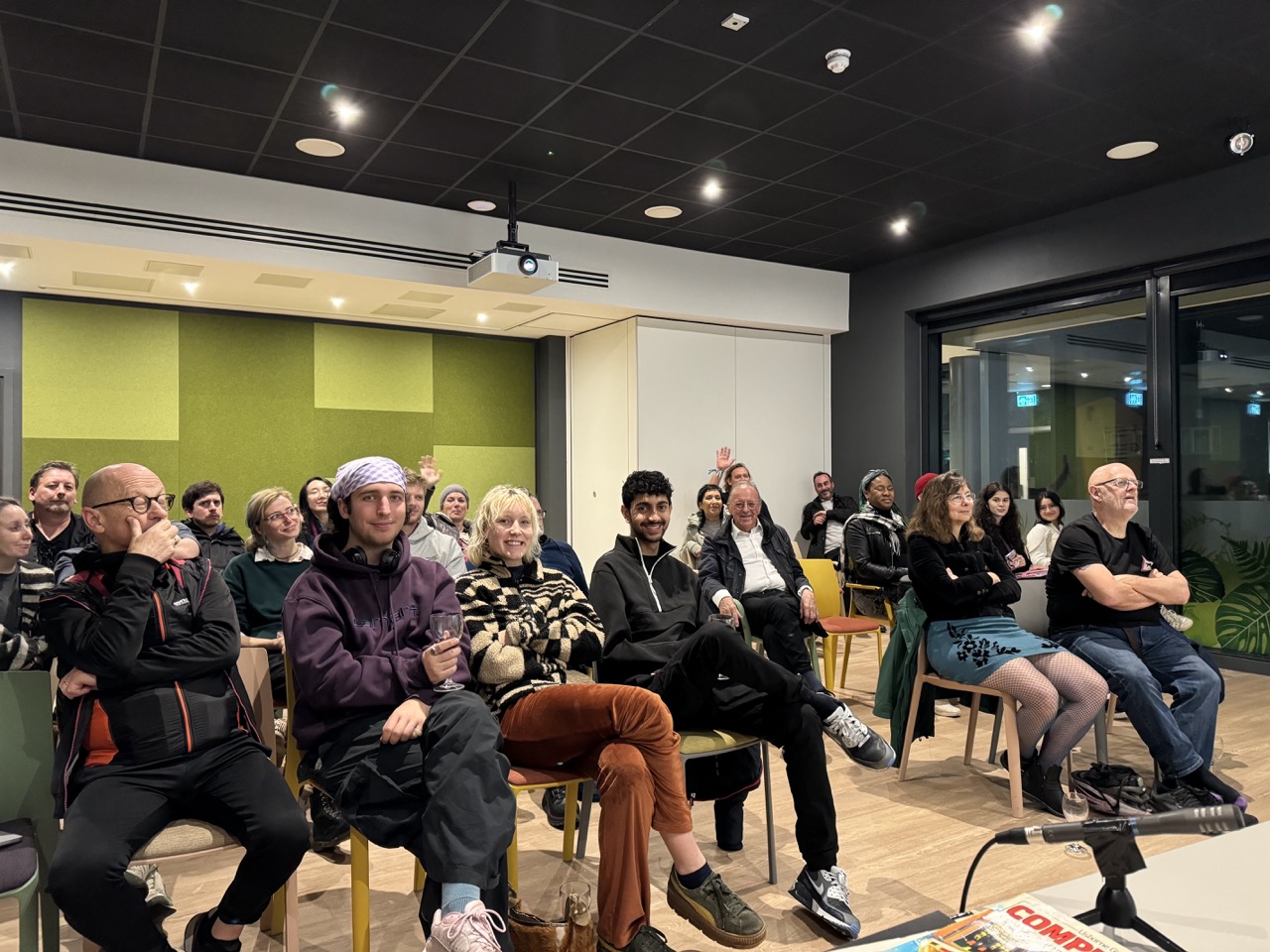
Opening Talk
New Generations
New Generations is an Arts Council-supported exhibition and set of engagement activities that took place between November 2023 and January 2024 at the LCB Depot in Leicester. Three Leicester-based artists - Paul Mazzitelli, Khush Kali and Leonie DuBatty-Gurr - were given a two-day tour of the artworks in the Computer Arts Archive, with particular attention being paid to the work of the Leicester-based artists in the archive. They were then supported in the creation of new artworks that respond to what they have learnt. The exhibition featured a large window vinyl showing work by Dominic Boreham, Sean Clark and Ernest Edmonds.
More Information
- A Computer in the Art Room by Catherine Mason
- White Heat Cold Logic – British Computer Art 1960–1980 by Paul Brown, Catherine Mason, Charlie Gere and Nicholas Lambert.
Supporters
This exhibition was made possible using support from Leicester City Council's Cultural Ambition Fund. Thanks also to Interact Digital Arts, the Computer Arts Society, the Computer Arts Archive and Phoenix Cinema and Arts Centre.
